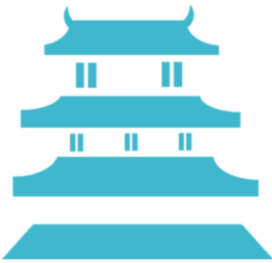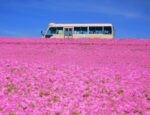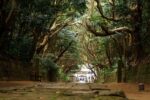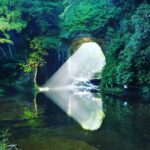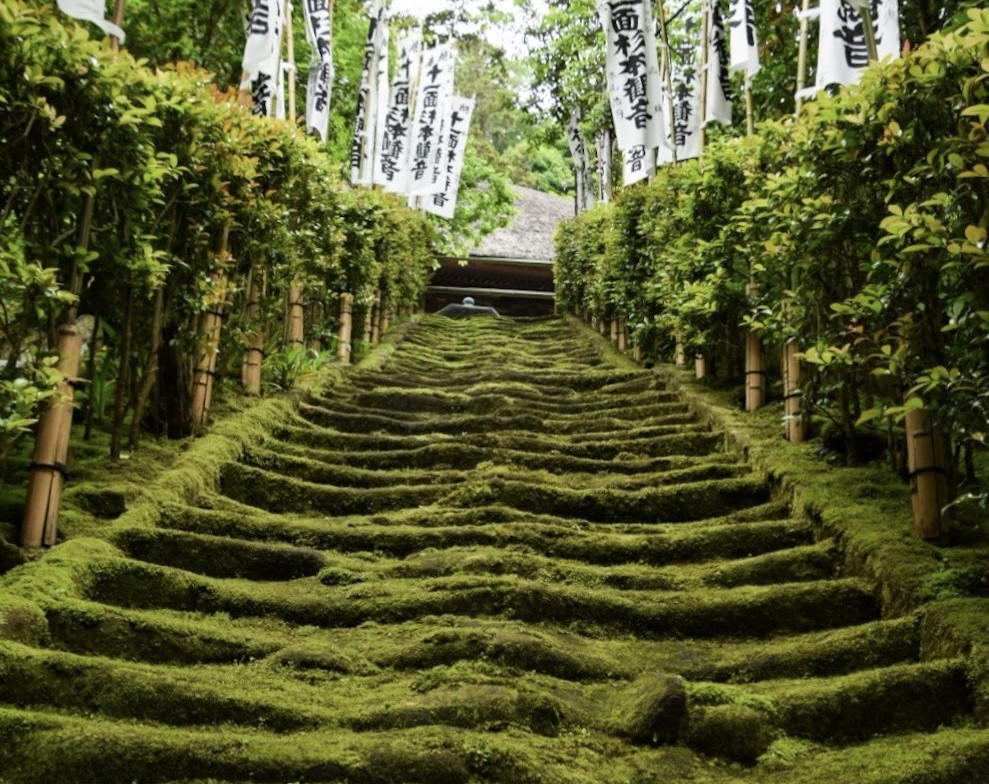
Nestled in the historic city of Kamakura Japan, Sugimotodera (杉本寺) is a tranquil Buddhist temple famous for its stunning moss-covered stone steps and rich history. As Kamakura’s oldest temple, founded in 734, it offers a serene escape from the bustling tourist spots, making it an enchanting destination for visitors seeking a more peaceful and spiritual experience.
A Temple Draped in Lush Green Moss
One of the most captivating features of Sugimotodera is its ancient stone staircase, beautifully blanketed in thick, vibrant moss. This picturesque sight creates an ethereal atmosphere, especially after a gentle rain when the moss glistens with moisture. The temple’s main hall houses a revered statue of the Eleven-Faced Kannon, a Buddhist deity believed to bring protection and good fortune.
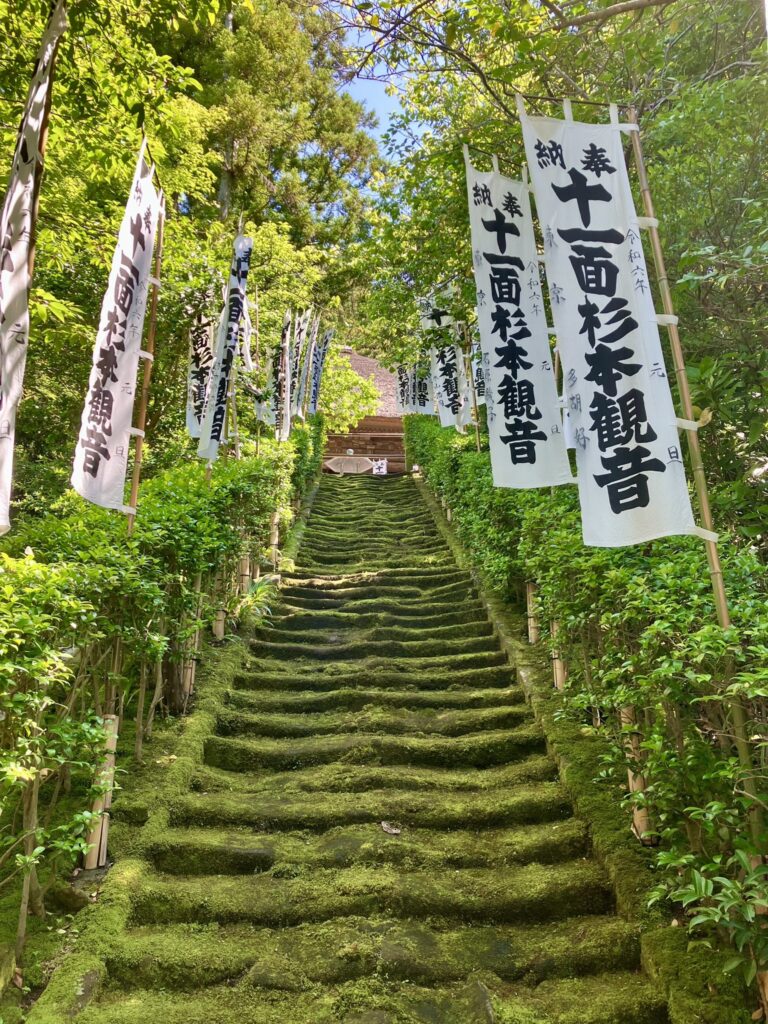
A Glimpse into History
Sugimotodera was established in 734 by the high-ranking Buddhist monk Gyoki during the Nara period. It is said to be the first temple in Kamakura, making it a significant landmark in Japan’s religious history. Throughout the centuries, it has withstood numerous natural disasters and wars, maintaining its role as a place of worship and tranquility. The temple is part of the Kamakura Thirty-Three Kannon Pilgrimage, a route dedicated to the worship of the compassionate Kannon deity.
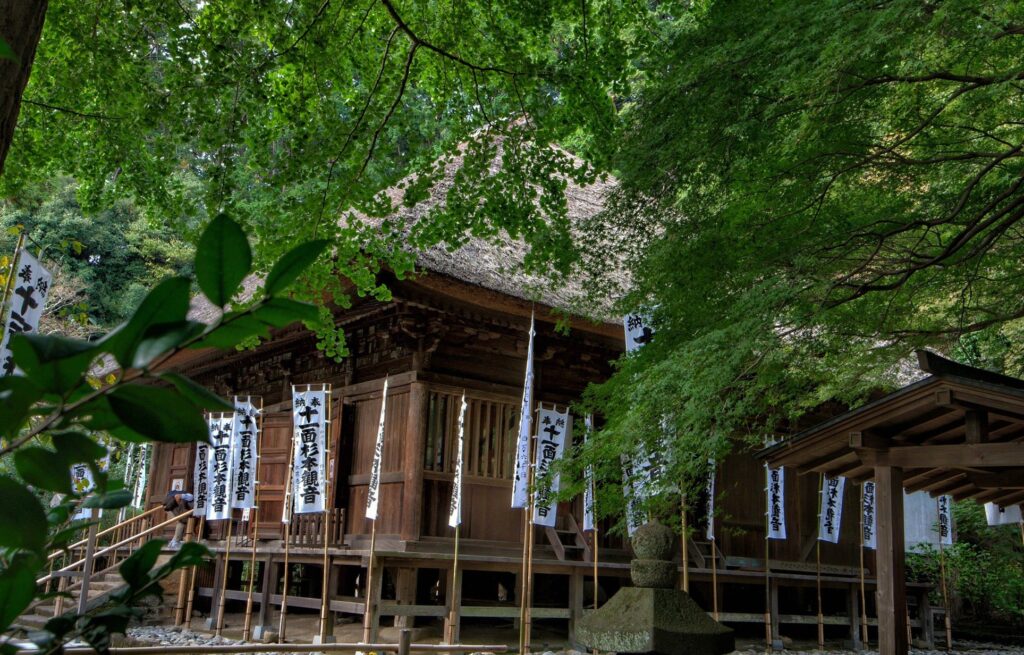
Best Season to Visit
Sugimotodera’s beauty changes with the seasons, but the best time to visit is during the rainy months of June and July when the moss is at its most lush and vibrant. Spring also offers a delightful view with cherry blossoms adding a touch of pink to the greenery, while autumn provides a breathtaking contrast with fiery maple leaves scattered across the temple grounds.
How to Get There
Sugimotodera is conveniently accessible from central Kamakura:
- By Train: Take the JR Yokosuka Line to Kamakura Station, then transfer to a bus bound for “Sugimoto-Kannon” or “Kamakura Reien Seimon-mae” and get off at Sugimoto-Kannon bus stop. From there, it’s a short walk to the temple.
- By Foot: The temple is about a 20-minute walk from Kamakura Station, making for a pleasant stroll through Kamakura’s charming streets.
Useful Tips for Visitors
- Respect the Tranquility: Sugimotodera is a place of worship, so visitors should maintain a quiet and respectful demeanor.
- Photography: While you can take photos, be mindful not to disturb other visitors.
- Footwear: The moss-covered stairs are not accessible to the public for preservation reasons, but the alternative pathway to the temple is easy to navigate.
- Admission Fee: A small entrance fee (300 yen) is required to support the temple’s maintenance.
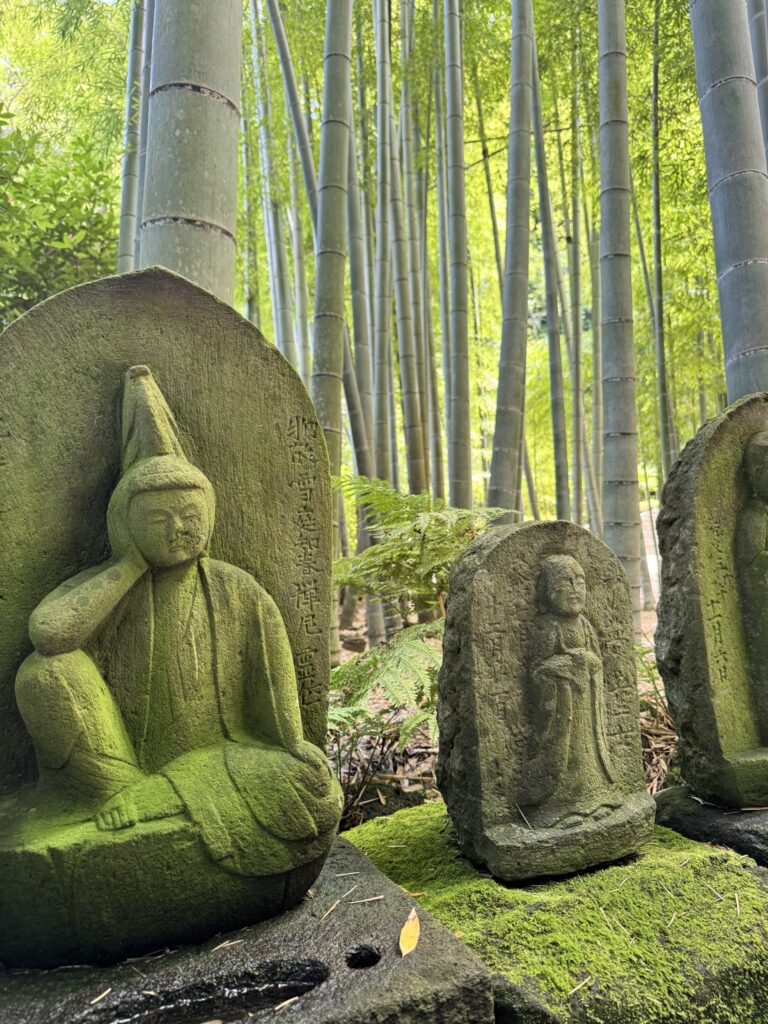
If you’re looking to explore Kamakura beyond its famous Great Buddha and Tsurugaoka Hachimangu Shrine, Sugimotodera is a hidden gem worth visiting. Its tranquil ambiance, historic significance, and enchanting moss-covered landscape make it a must-see spot for nature lovers and history enthusiasts alike.
Alcoholic beverage Anime April Architecture August Autumn Building Capital Area Cherry blossom February Flower January Japanese food July Kinki kyoto Local ramen Manga March Nagoya Nature Nightlife Night view October Osaka Photogenic Pink Red Sakura September Shopping Shrine Souvenir Spring Station Summer Superb view Temple Tips Tohoku Tokai Tokyo Torii White Winter

